Welcome to Algebra I: Negative Exponents
In this program, students learn the steps for working with negative exponents. If the negative exponent is in the numerator, then they are moved to the denominator and become positive exponents. Negative exponents in the denominator get moved to the numerator and become positive exponents. Part of the "Welcome to Algebra I" series.
Media Details
Runtime: 25 minutes 6 seconds
- Topic: Mathematics
- Subtopic: Algebra, Mathematics
- Grade/Interest Level: 7 - 12
- Standards:
- Release Year: 2014
- Producer/Distributor: PBS Learning Media
- Series: Welcome to Algebra I
- Report a Problem
Available Resources
Related Media
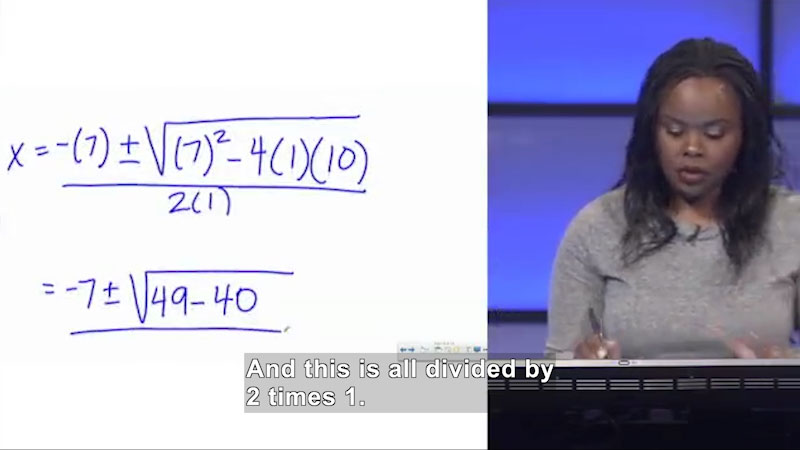
Welcome to Algebra I: Solving Quadratic Equations Algebraically
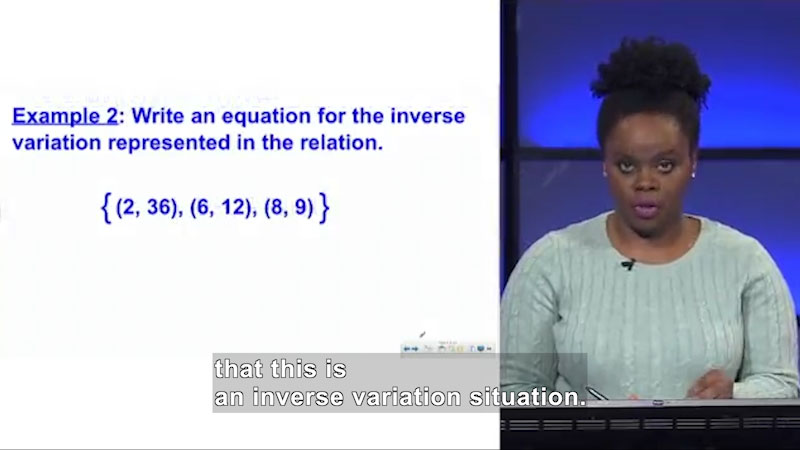
Welcome to Algebra I: Representing an Inverse Variation Algebraically

Welcome to Algebra I: Properties of Inequality
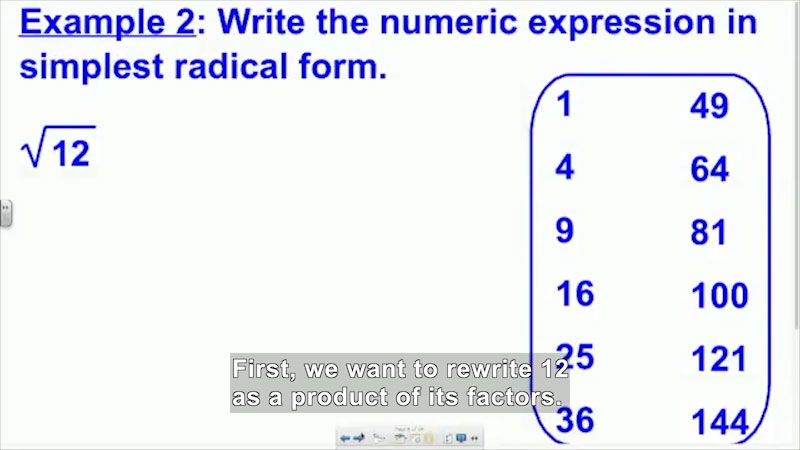
Welcome to Algebra I: Simplifying Square Roots of Whole Numbers
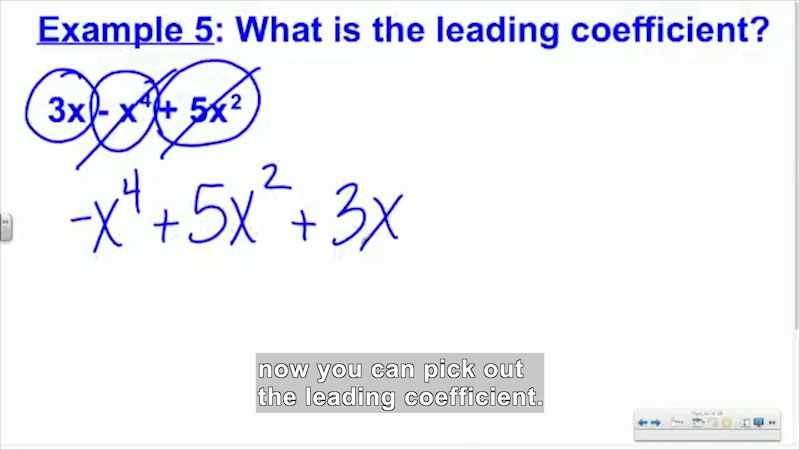
Welcome to Algebra I: Introduction to Polynomials
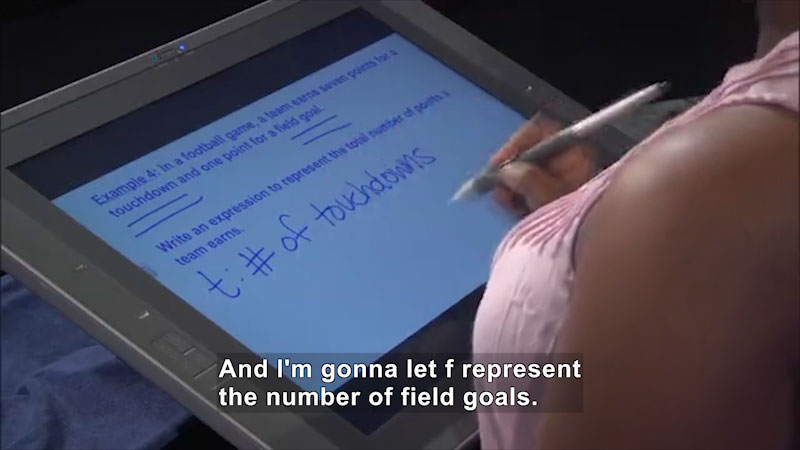
Welcome to Algebra I: Modeling Real-World Situations

Welcome to Algebra I: Evaluating Expressions
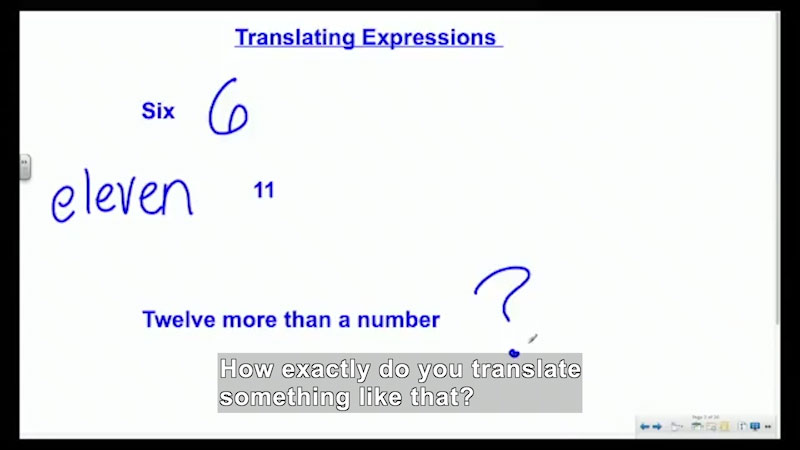
Welcome to Algebra I: Translating Expressions
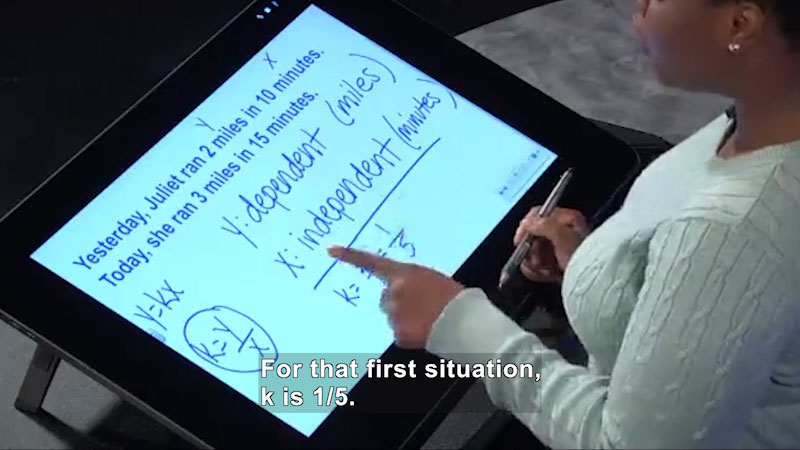
Welcome to Algebra I: Determining if a Direct Variation Exists
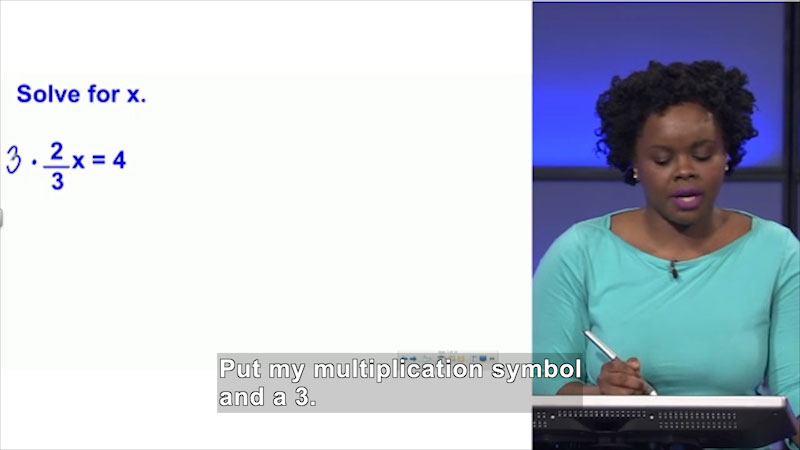
Welcome to Algebra I: Solving Literal Equations
